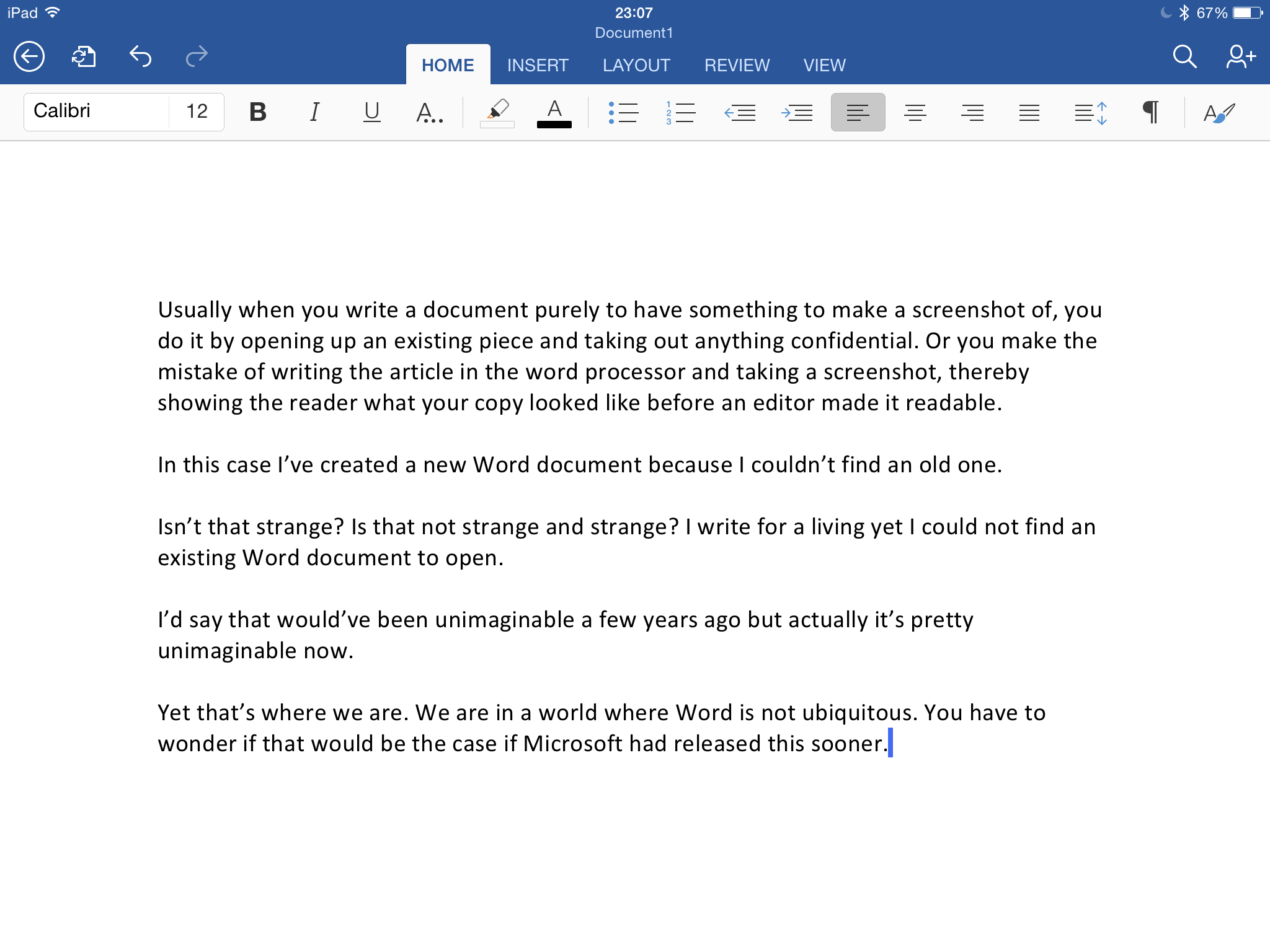I spent the single most unproductive hour of my month having tea with a comparatively new friend. Wouldn’t have changed that for the world: there is something energising, nourishing, exciting about nattering over tea. If I did nothing in that hour – and I absolutely did nothing – then the hour after it was far more productive because of taking that time.
So I’m keen on tea. And there was cake this time: chocolate is my Kryptonite.
But there wa also friendship. I read somewhere that we tend to keep our friends for around seven years. I can think of people I’ve been close to for longer but I was a little reassured by this idea of natural moving on because I’ve lost a lot of pals and it could be argued that they tended to disappear on me after about that time. So it’s not me. And it’s not them.
I think it might be me, though. So I was taken with this piece from the always superb Brain Pickings:
We call “friends” peers we barely know beyond the shallow roots of the professional connection, we mistake mere mutual admiration for friendship, we name-drop as “friends” acquaintances associating with whom we feel reflects favorably on us in the eyes of others, thus rendering true friendship vacant of Emerson’s exacting definition. We have perpetrated a corrosion of meaning by overusing the word and overextending its connotation, compressing into an imperceptible difference the vast existential expanse between mere acquaintanceship and friendship in the proper Aristotelian sense.
Reclaiming friendship – Maria Popova, Brain Pickings – 16 August 2016
She’s talking about reclaiming the word friendship and I read that also as making a stand for how important friendship is. Being Brain Pickings, Popova does as ever gather insightful quotes and detail from great minds but also as ever, what she says herself is arresting. Have a read of her full piece.
